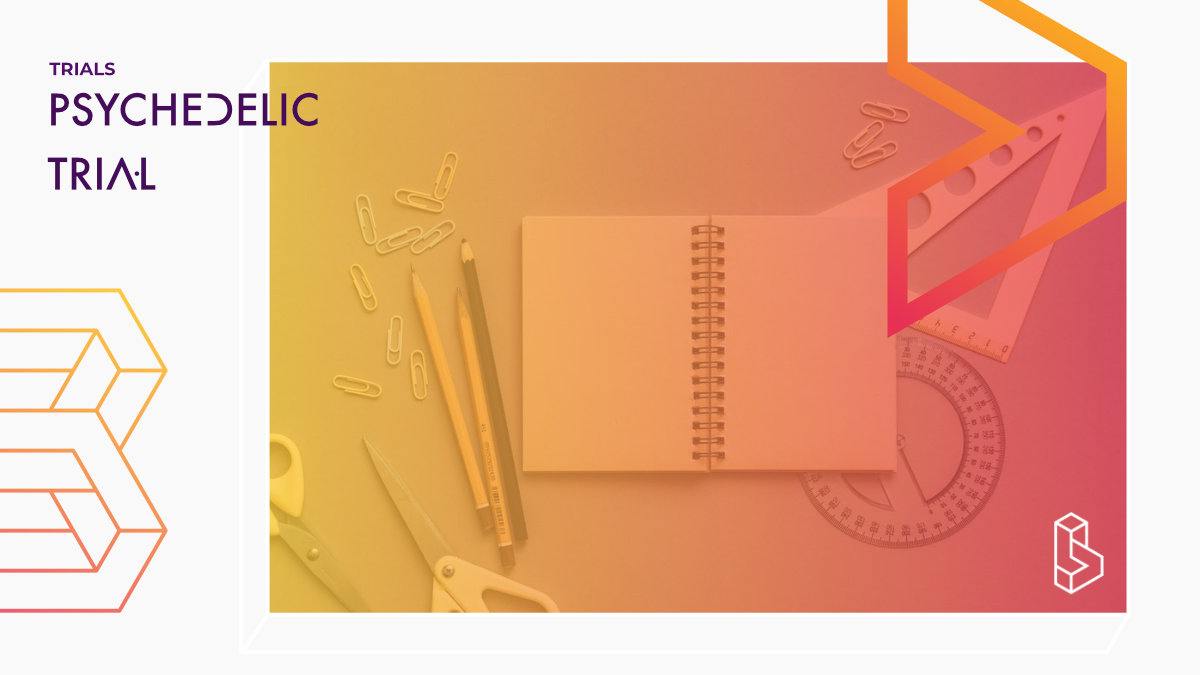Ketamine has been used successfully as the sole medication for anesthesia in the setting of electroconvulsive therapy (ECT), and has more recently been studied as an adjunct agent in combination with propofol (the most commonly used anesthetic agent) to induce anesthesia for ECT. New literature postulates an anti-depressant effect of ketamine, which in ECT specifically may be helpful with regards to the overall goals of therapy (i.e. ECT indicated for severe or treatment-resistant depression).
Current research focusing on ketamine with respect to its anti-depressant effect suggests it may even represent an alternative to ECT. This study will seek to determine whether ketamine when used in low-doses as an adjunct to propofol-based anesthesia for ECT has anti-depressant effects and whether it influences the characteristics of recovery from anesthesia in the ECT setting (i.e. vital sign parameters such as blood pressure and heart rate, quality of recovery, etc.).
This is a proof-of-concept study to elucidate whether the use of low-dose ketamine as an adjunct to propofol-based anesthesia for electroconvulsive therapy has beneficial anti-depressant effects in a population of adults with major depressive disorder presenting for ECT.
Trial Details
Since thiopental is no longer widely available in North America as an induction agent for anesthesia, other agents have supplanted it for various uses, including for induction of anesthesia for electroconvulsive therapy (ECT). Induction is most commonly achieved using propofol in doses of 0.75 - 1 mg/kg IV bolus. Propofol as an induction agent for ECT may not be the ideal agent in this setting as its anticonvulsant effects may result in less-than-ideal seizure quality and duration. Ketamine has been studied in the ECT setting but at full induction doses has well-known psychotomimetic and dissociative effects. However, the anti-depressant effects of ketamine, even at low-doses, may have a beneficial effect on depressive symptoms after ECT as compared with propofol alone. Ketamine also has been used successfully as the sole induction agent for anesthesia in this setting, and has more recently been studied as an adjunct or co-induction agent in combination with propofol. Drawbacks of using ketamine as the sole induction agent are related to its hemodynamic and psychotomimetic effects (e.g. post-treatment hypertension and hallucinogenic activity). New literature postulates a putative anti-depressant effect of ketamine via the N-Methyl-D-aspartate (NMDA) receptor, which in the ECT setting specifically may be helpful with regards to the overall goals of therapy (i.e. ECT indicated for severe or treatment-resistant depression). Current research focusing on the efficacy of ketamine with respect to anti-depressant effects suggests that ketamine may even represent an alternative to ECT. As per the investigators' standard practice for ECT, treatment for each patient would be 3 times per week up to a total of 12 treatments (i.e. 4 weeks of treatment). The total study duration for each patient will be not more than 6 weeks. As discussed below, patients will be withdrawn from the study at anytime upon their own request or when the treating psychiatrist feels the clinical improvement is strong enough to justify doing so. An interim analysis will be completed after the first 14 patients have completed treatment. If after these first 14 patients the investigators find a lower than expected difference in efficacy in favor of the ketamine group, able to achieve alpha error >0.2 and power <80%, all subsequently recruited patients will be randomized to receive either propofol at usual induction doses for ECT (0.75 - 1 mg/kg IV bolus) with placebo (normal saline), or with a slightly higher dose of ketamine of 0.5 mg/kg. Should this turn out to be the case, thirty new patients will be recruited from that point.NCT Number NCT02579642
Sponsors & Collaborators
University of California San FranciscoAt UCSF, there are two research teams dedicated to the study of psychedelics; the Neuroscape Psychedelic Division and the Translational Psychedelic Research Program.
National Institute of Mental Health
This company doesn't have a full profile yet, it is linked to a clinical trial.
Measures Used
Montgomery-Asberg Depression Rating ScaleA ten-item diagnostic questionnaire used to measure the severity of depressive symptoms in patients with mood disorders.

